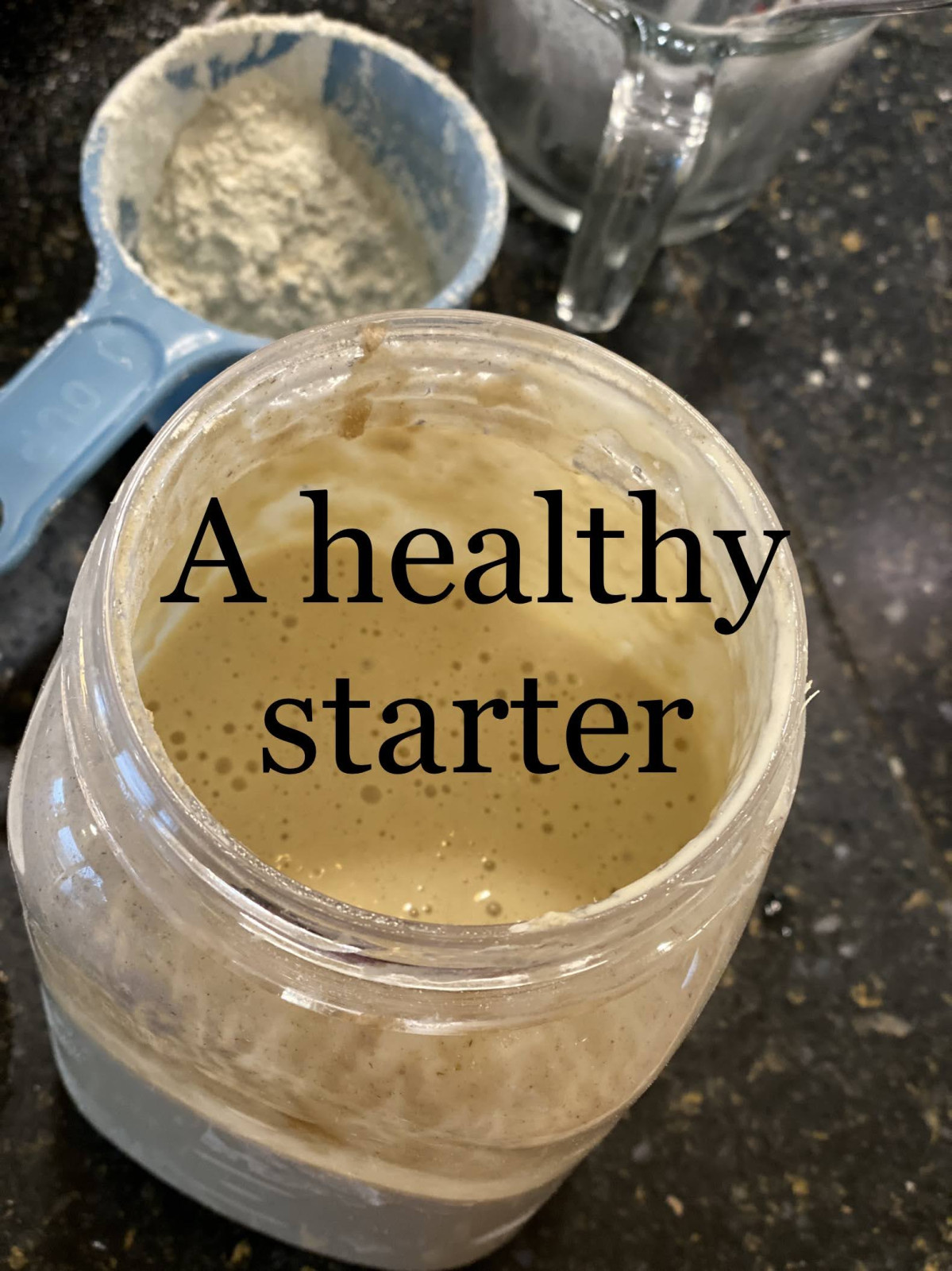
What makes Sourdough so special?
Recently my youngest daughter asked me to share my starter and teach her how to make bread. I’ve been making Sourdough bread for years but now that she is starting her own family, I was thrilled to pass this tradition on. Sourdough bread has enjoyed a resurgence in popularity, not just for its distinct tangy flavor but also for its potential health benefits and artisanal appeal. But what exactly makes sourdough so special? To unlock the secrets behind this ancient bread-making technique, let’s delve into the science of sourdough, starting with the cornerstone of the process: the sourdough starter.
Understanding Sourdough Starter: At its core, a sourdough starter is a symbiotic culture of yeast and bacteria, primarily consisting of wild yeast strains like Saccharomyces cerevisiae and lactic acid bacteria such as Lactobacillus. These microorganisms naturally occur in the environment, often found on grains or in the air.
Making a Sourdough Starter: Creating a sourdough starter involves harnessing these wild microorganisms to ferment a mixture of flour and water. Here’s a basic recipe to kickstart your sourdough journey:
Ingredients:
- Whole grain flour (e.g., whole wheat, einkorn, rye)
- Water (non-chlorinated)
Instructions:
- Day 1: In a clean glass or plastic container, mix 50g of whole grain flour with 50ml of water (room temp) until well combined. Cover loosely with a cloth or plastic wrap.
- Day 2: Discard half of the mixture and add another 50g of flour and 50ml of water. Stir well and cover.
- Day 3-7: Repeat the process of discarding half of the mixture and feeding it with equal parts of flour and water daily. You should start to notice bubbles forming, indicating fermentation activity.
Maintaining Your Sourdough Starter: Once your starter is established, proper maintenance is crucial to keep it healthy and active. Here are some tips:
- Feeding Schedule: Depending on your usage and ambient temperature, you may need to feed your starter daily or every 12 hours. Keep an eye on its activity and adjust as needed.
- Flour and Water: Use room temperature, non-chlorinated water and high-quality flour for feeding your starter. Whole grain flours are ideal for providing nutrients and fostering microbial diversity.
- Temperature: Sourdough starters thrive in a warm environment, ideally between 70-85°F (21-29°C). Avoid exposing your starter to extreme temperatures.
- Consistency: Aim for a consistent feeding routine and maintain a consistent ratio of flour to water in your starter to promote a stable microbial community.
- Storage: When not in use, store your starter in the refrigerator. Remember to feed it regularly to keep it active, or alternatively, you can freeze a portion of your starter for long-term storage.
The Science of Fermentation: As your sourdough starter matures, the wild yeast and bacteria present in the mixture begin to ferment the carbohydrates in the flour, breaking them down into simpler sugars and producing carbon dioxide and organic acids as byproducts. This fermentation process imparts the characteristic flavor and texture to sourdough bread while also increasing its shelf life.
The sour flavor of sourdough bread is primarily attributed to the production of lactic acid and acetic acid during fermentation. Lactic acid bacteria metabolize sugars to produce lactic acid, contributing to the tangy taste, while acetic acid bacteria produce acetic acid, adding a slightly vinegary flavor profile.
Sourdough baking is as much an art as it is a science, requiring patience, practice, and an understanding of the microbial dynamics at play. By cultivating and maintaining a healthy sourdough starter, you can unlock a world of flavor possibilities and embark on a culinary journey rooted in tradition and innovation. So, roll up your sleeves, grab your flour and water, and let the magic of sourdough fermentation transform your kitchen into a bakery brimming with aromatic loaves of bread.





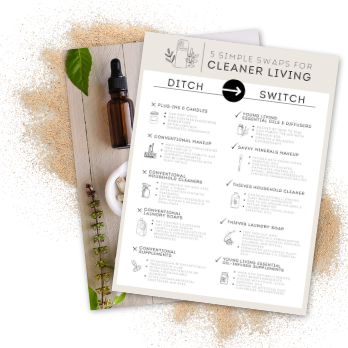

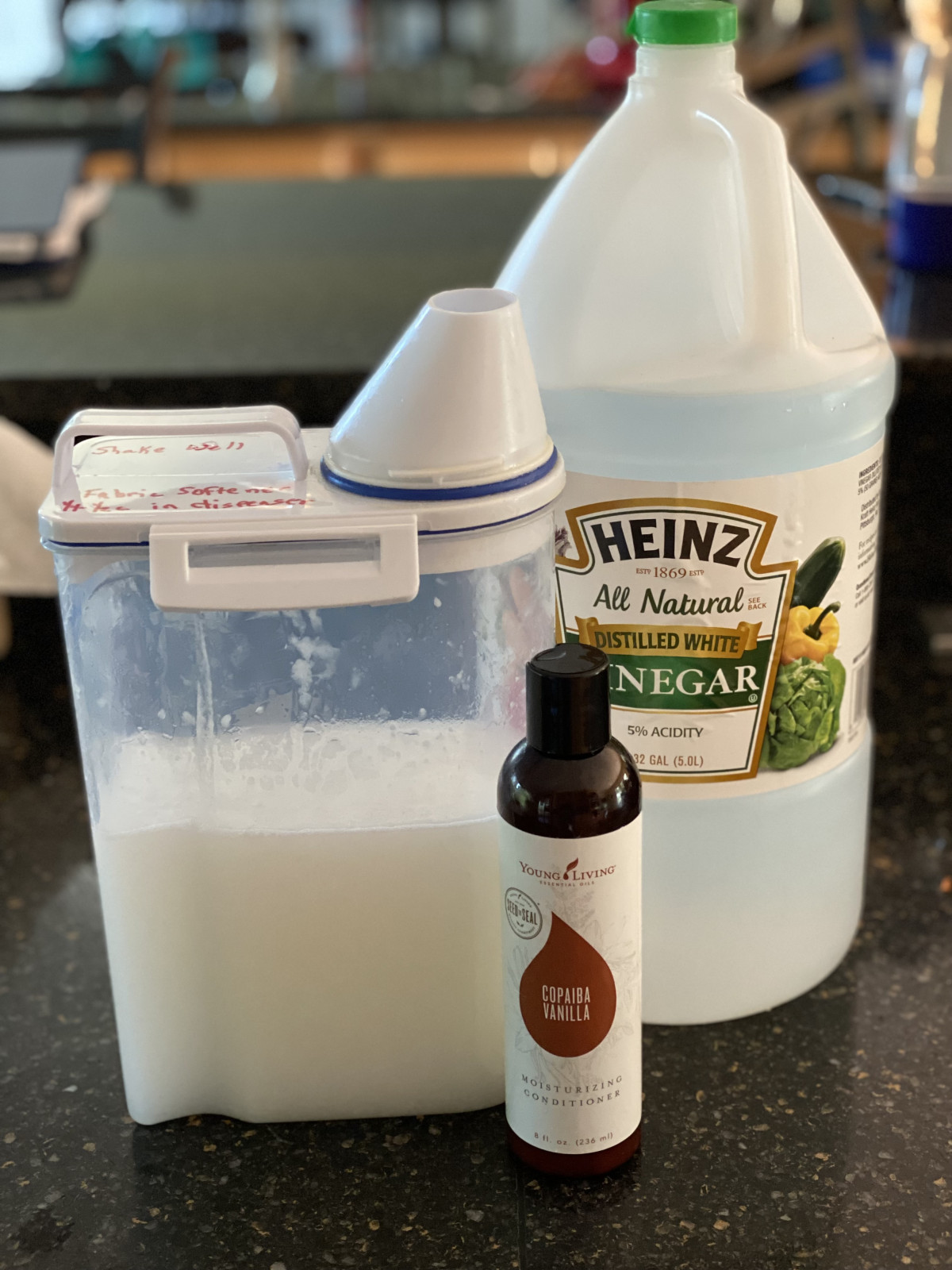

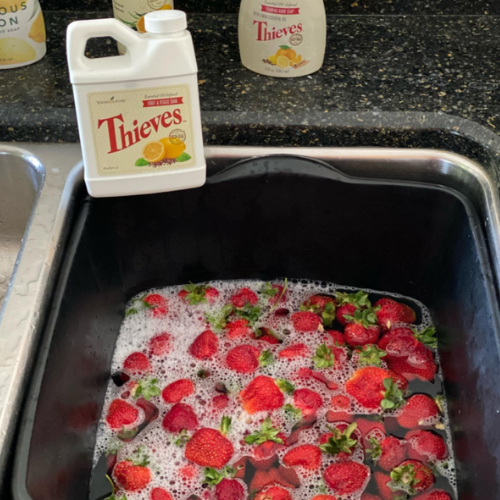


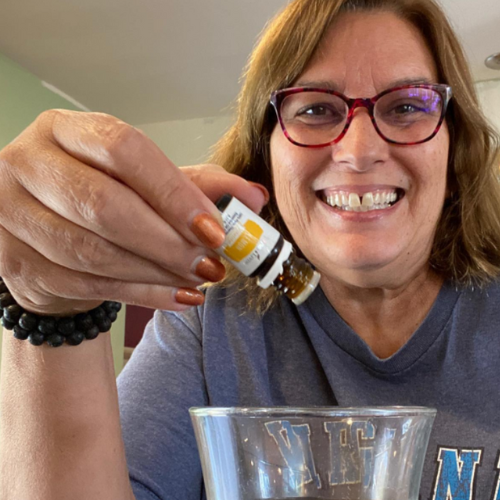

 Meet Me on Social Media
Meet Me on Social Media





0 Comments